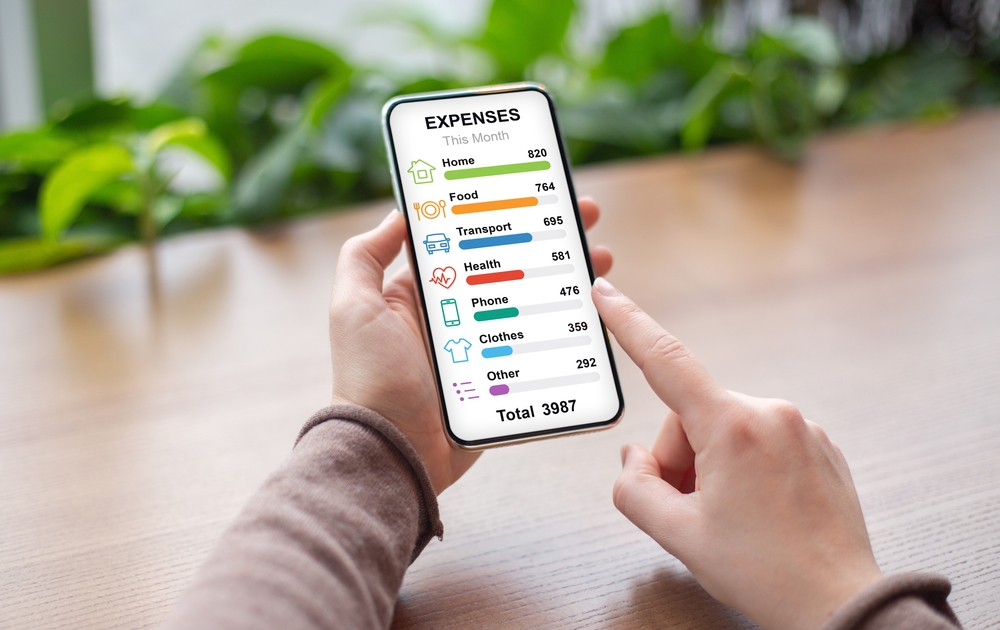Discover the purpose and benefits of financial planning software. Click the link below to learn more.
Financial planning software has revolutionized how individuals and businesses manage their finances. This guide aims to educate you on the purpose of financial planning software, its benefits, common features, tips and strategies for saving, investing, and budgeting, and the best financial planning software available along with their costs.
What Is The Purpose of Financial Planning Software?
Financial planning software is designed to help users manage their finances more effectively. It integrates various financial tools to aid in budgeting, saving, investing, and planning for future financial goals. The primary purpose of financial planning software is to provide a comprehensive overview of an individual's or business's financial situation, enabling informed decision-making and better financial management.
Benefits of Using Financial Planning Software
- Centralized Financial Management: Consolidate all financial accounts and transactions in one place for a holistic view.
- Budgeting: Create and track budgets to manage income and expenses efficiently.
- Savings and Investment Tracking: Monitor savings goals and investment portfolios.
- Financial Goal Setting: Set short-term and long-term financial goals and track progress.
- Expense Management: Analyze spending patterns to identify areas for cost-cutting.
- Tax Planning: Assist in tax preparation and planning to maximize deductions and credits.
- Ease of Use: User-friendly interfaces make financial planning accessible to everyone, regardless of financial expertise.
- Real-Time Updates: Access up-to-date financial information to make timely decisions.
- Security: Protect sensitive financial data with robust security features.
Common Features of Financial Planning Software
- Budgeting Tools: Create, monitor, and adjust budgets.
- Expense Tracking: Categorize and track spending.
- Savings Goals: Set and track savings targets.
- Investment Management: Monitor and analyze investment portfolios.
- Financial Reports: Generate detailed reports on financial health and performance.
- Tax Preparation: Tools to assist with tax filing and planning.
- Debt Management: Track and plan debt repayment strategies.
- Alerts and Notifications: Reminders for bill payments, low balances, and other important financial events.
- Mobile Access: Manage finances on the go with mobile apps.
Helpful Tips and Strategies To Save, Invest, and Budget
- Automate Savings: Set up automatic transfers to savings accounts to ensure consistent saving.
- Create a Realistic Budget: Base your budget on actual income and expenses to make it sustainable.
- Track Expenses: Regularly review your spending to identify unnecessary expenses.
- Diversify Investments: Spread investments across different asset classes to reduce risk.
- Use Tax-Advantaged Accounts: Take advantage of IRAs, 401(k)s, and other tax-advantaged accounts to save on taxes.
- Pay Off High-Interest Debt: Focus on paying off high-interest debt first to save on interest payments.
- Review Financial Goals Regularly: Regularly reassess your financial goals and adjust your strategies accordingly.
- Emergency Fund: Maintain an emergency fund to cover unexpected expenses.
Best Financial Planning Software and Their Costs To Use
- Quicken: A comprehensive personal finance tool for budgeting, investment tracking, and financial planning.
- Cost: $35.99 to $77.99 per year, depending
on the plan selected.
-
Mint: A free, user-friendly budgeting tool that offers expense tracking, budgeting, and financial goal setting.
- Cost: Free, with optional premium features available at $4.99 per month.
-
YNAB (You Need A Budget): Focuses on proactive budgeting and financial goal setting.
- Cost: $14.99 per month or $98.99 per year.
-
Personal Capital: Combines budgeting with investment tracking and retirement planning.
- Cost: Free for basic financial tools, with wealth management services starting at 0.89% of assets managed annually.
-
Tiller Money: Links financial data to customizable spreadsheets for budgeting and tracking.
- Cost: $79 per year, with a 30-day free trial.
-
Moneydance: Offers comprehensive financial management, including budgeting, investment tracking, and bill payment.
- Cost: $49.99 for a one-time purchase.
Top Players/Brands/Suppliers in Financial Planning Software
- Intuit Mint: Known for its user-friendly interface and comprehensive budgeting tools.
- YNAB (You Need A Budget): Highly regarded for its effective budgeting methodology.
- Quicken: Offers a wide range of financial management features, suitable for both individuals and small businesses.
- Personal Capital: Popular for its investment tracking and retirement planning capabilities.
- Tiller Money: Unique for its use of customizable spreadsheets linked to real-time financial data.
- Moneydance: Provides robust financial management tools with a focus on privacy and security.
Current Promotions and Offers
- Mint: Often provides promotional offers for its premium version, Mint Premium.
- YNAB: Offers a 34-day free trial for new users.
- Quicken: Frequently offers discounts for first-time subscribers, particularly during major sales events like Black Friday or Cyber Monday.
- Personal Capital: Sometimes offers a free initial consultation for its wealth management services.
- Tiller Money: Provides a 30-day free trial with full access to its features.
- Moneydance: Occasionally offers discounts through its website or partner sites.